Festival Card
- Easy And Convenient Way To Print Your Cards.
- The Best Quality Cards. Will Be Given. At Your Doorstep.
- Large Selection Of Customizable Design Available.
- High-Quality Multicolour Printing.
- Available In 2 Qaulities : 300 Gsm & Metallic Paper.
- Available in 3 Size.
- If You Have Any Questions, Please Call After You Place Your Order.
Description
Festival Invitation Card:
An invitation card is a formal request for someone to attend an event or gathering. It usually includes important information such as the date, time, location, and purpose of the event, as well as any special instructions or requests. Invitation cards can be used for a variety of events, including weddings, birthday parties, corporate events, and more. The design of the invitation card often reflects the theme or style of the event and is an opportunity to set the tone and create excitement for the event. Invitation cards can be printed or digital and can be sent by mail or email. The purpose of an invitation card is to extend a cordial invitation to the recipient and to provide the necessary information to help them decide whether to attend.
Lamination:
Lamination is a thin, transparent layer that is applied to the entire card.Laminated Cards have a coating that allows them to pop out.
- Gloss lamination: Gloss lamination is a finishing process that adds a glossy film to the surface of the printed material, creating a shiny and professional look. It also provides a layer of protection against scratches, fingerprints, and other types of damage. However, it can make the printed material harder to read in certain lighting conditions.
- Matte lamination: Matte lamination is similar to gloss lamination, but instead of a glossy film, a matte film is applied to the surface of the printed material. This gives the printed material a smooth, non-reflective finish that is easy to read in any lighting conditions. Matte lamination also provides a layer of protection against scratches, fingerprints, and other types of damage.
- No lamination: If no lamination is applied, the printed materials will be more fragile and can get damaged easily. It will not have a protective layer and will not be resistant to scratches, fingerprints, and other types of damage. It will also be more susceptible to fading, especially when exposed to light for long periods of time.
Print:
We have two kinds of printing: digital printing and offset printing. For a small quantity, we are using digital printing, which is suitable for a small range of printing and gives satisfactory quality. For large quantities, we are using offset printing, which is cost-effective and gives high-quality prints.
Metallic Paper:
Metallic paper is a type of paper that has a metallic finish on one or both sides. This type of paper is often used for special occasion invitations, business cards, or promotional materials. 300 GSM is a relatively heavy paper weight, typically used for high-quality printing and special applications, such as invitations, business cards, or fine art prints. A metallic finish on the paper gives it a unique reflective quality, adding an extra layer of luxury and elegance to printed materials.
GSM:
Paper is measured in grammes per square metre (GSM). The higher the GSM, the heavier and thicker the paper. There are varying weights of GSM paper, meaning you can find the right one for a number of different applications.
Choosing GSM paper thickness:
It’s easier to understand what different paper thicknesses might feel like if you start with an awareness of the thickness of a standard piece of paper. For example, typical office paper used in a copier or printer would be around 80 gsm.
Lamination:
Lamination is a thin, transparent layer that is applied to the entire card.Laminated brochure have a coating that allows them to pop out.
Gloss lamination, matte lamination, and no lamination are three different types of finishing options for printed materials, such as brochures, business cards, and posters.
- Gloss lamination: Gloss lamination is a finishing process that adds a glossy film to the surface of the printed material, creating a shiny and professional look. It also provides a layer of protection against scratches, fingerprints, and other types of damage. However, it can make the printed material harder to read in certain lighting conditions.
- Matte lamination: Matte lamination is similar to gloss lamination, but instead of a glossy film, a matte film is applied to the surface of the printed material. This gives the printed material a smooth, non-reflective finish that is easy to read in any lighting conditions. Matte lamination also provides a layer of protection against scratches, fingerprints, and other types of damage.
- No lamination: If no lamination is applied, the printed materials will be more fragile and can get damaged easily. It will not have a protective layer and will not be resistant to scratches, fingerprints, and other types of damage. It will also be more susceptible to fading, especially when exposed to light for long periods of time.
Ultimately, the choice between gloss, matte, or no lamination will depend on the intended use of the printed materials and the desired look and feel. Gloss lamination is best for materials that need to stand out, matte lamination is best for materials that need to be easy to read and no lamination is best for materials that need to have the most cost-effective solution.
How to Choose Templates:
- Determine the festival’s theme: Start by thinking about the theme of the festival, as this will help you choose a template that is appropriate for the occasion.
- Consider the design style: Look for templates that match your desired design style, whether it’s colorful and vibrant or more minimalistic.
- Check the customization options: Make sure the template you choose allows you to make the necessary customizations to fit the details and theme of your festival.
- Look for templates with festival-related imagery: Consider looking for templates that already incorporate festival-related imagery, such as balloons, confetti, or musical instruments, to save time and make the design process easier.
- Consider the target audience: Think about who the target audience is and choose a template that appeals to them.
- Keep the festival’s brand in mind: If you’re designing an invitation for an official festival, make sure to incorporate the festival’s brand into the template you choose.
Tips for Design :
- Keep the festival’s theme in mind: Make sure the design of the invitation card reflects the festival’s theme and the atmosphere you want to create.
- Use bright and vibrant colors: Festivals are usually associated with fun and excitement, so choose bright and vibrant colors to reflect this.
- Incorporate festival-related imagery: Consider incorporating festival-related imagery such as balloons, confetti, or musical instruments to enhance the overall look of the invitation.
- Use a playful font: Choose a playful font that fits the festive mood, such as a script or display font.
- Add festive patterns or borders: Consider adding festive patterns or borders to the invitation to make it look more attractive and appealing.
- Include all necessary details: Make sure to include all the necessary details such as the date, time, location, and any special instructions for the festival.
- Make it interactive: If you’re designing a digital invitation, consider making it interactive by adding animations or interactive elements.
- Consider the audience: Think about who the target audience is and design the invitation accordingly.
- Keep the design consistent: Make sure the design of the invitation is consistent with other materials related to the festival, such as posters or banners.
Additional information
| Weight | N/A |
|---|---|
| Quality | 300 GSM, Metallic Paper |
| Choose Size | 4 X 6, 5 X 7, 8 X 11 |
| Print Side | Front, Front Back |
| Quantity | 10, 20, 50, 100, 200, 500 |
Metallic Paper Features A Reflective Finish, Commonly Used For Upscale Printing Like Invitations And Business Cards. It's Known For Its Luxurious Appearance, Enhancing Printed Materials With Elegance.
You Can Order Anywhere From 10 To 500 Cards In One Go. If You Need More Than That, Just Ask For A Quote, And Our Sales Team Will Get In Touch With You.
Yes, We Can Print On Both Sides Of A Cards
Standard Delivery Time Takes Almost 3-7 Business Days Depending On Your Location.
We Use 300 GSM Thick Card Paper For Cards.
"Gsm" Refers To "Grams Per Square Meter" And Indicates The Weight Or Thickness Of The Paper.
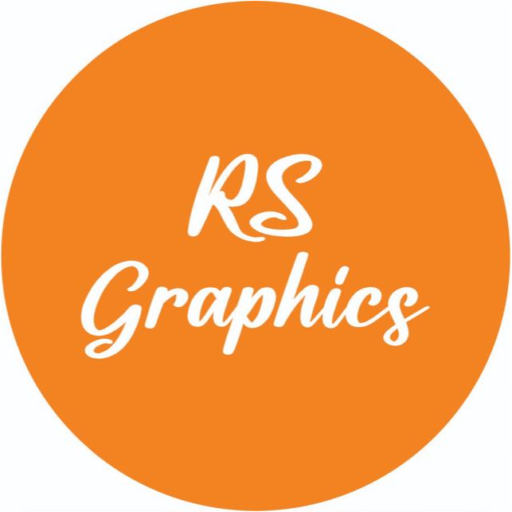
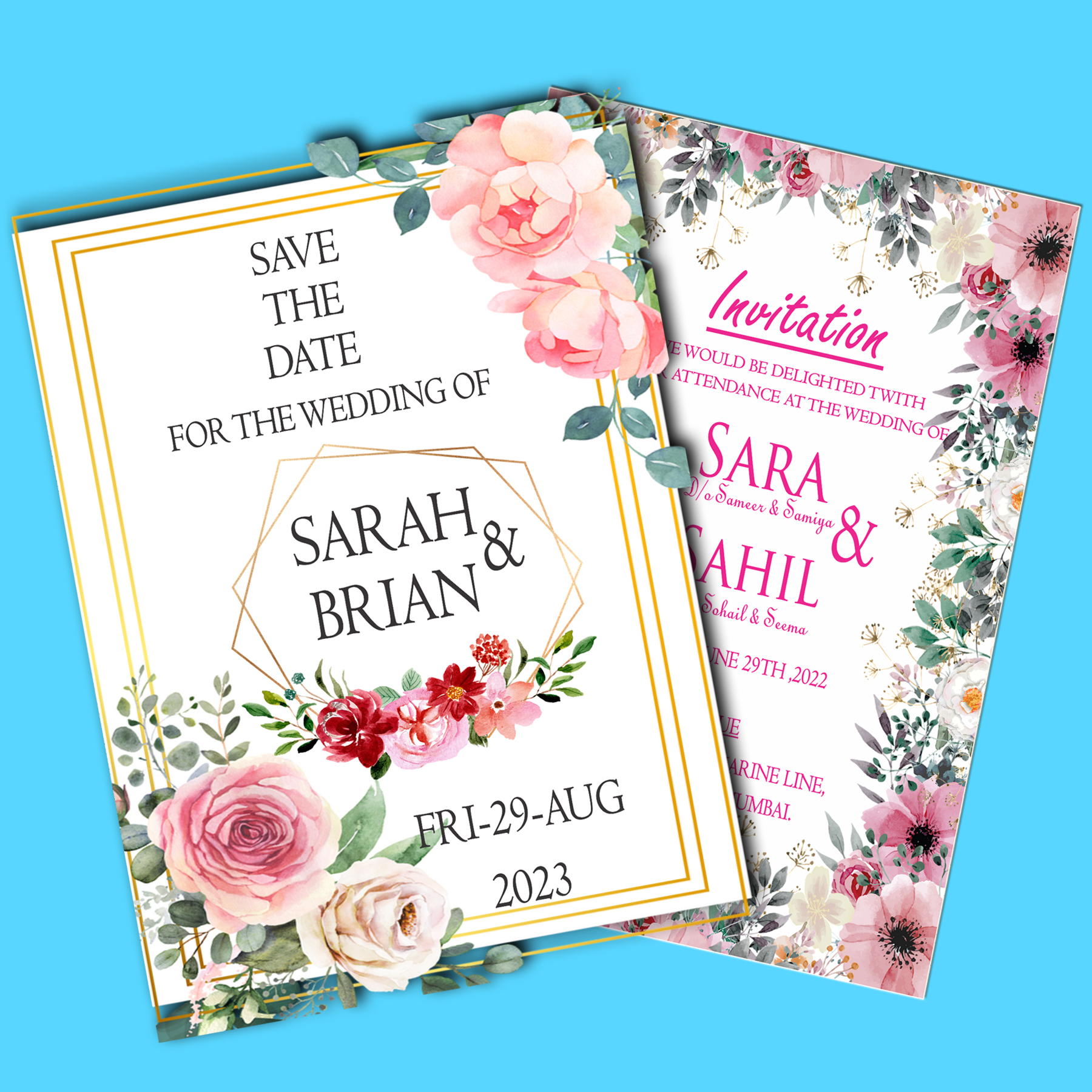
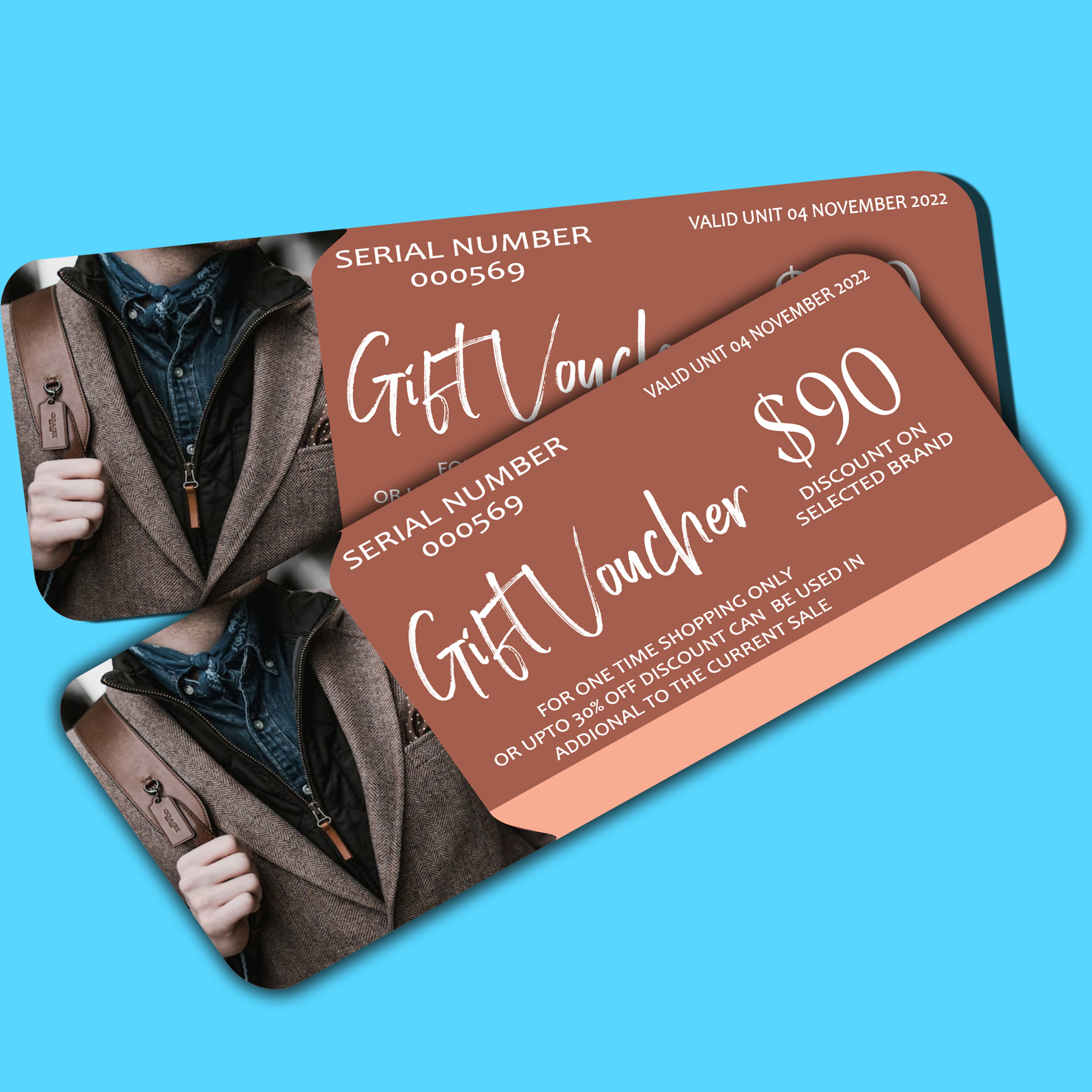
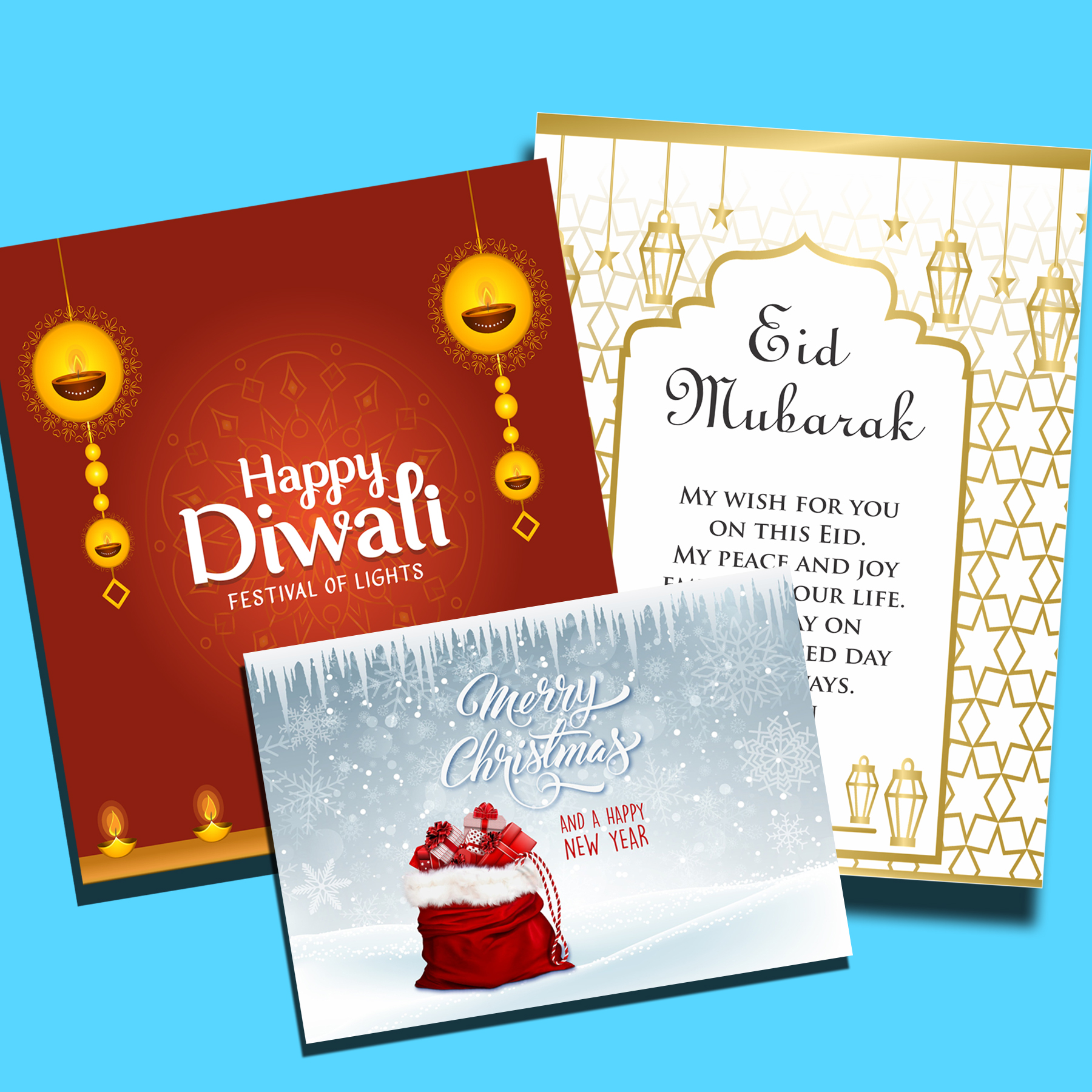
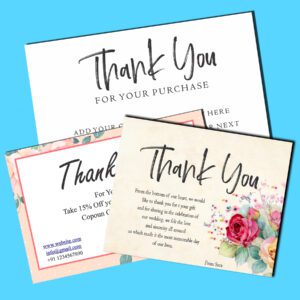
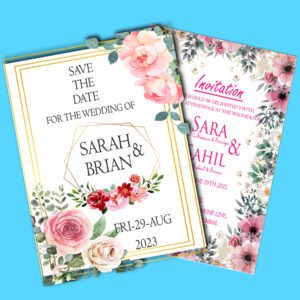

Reviews
There are no reviews yet.